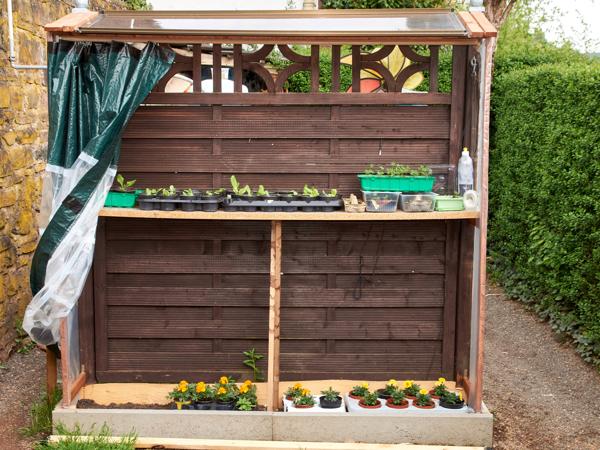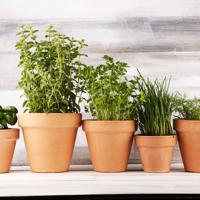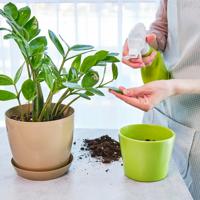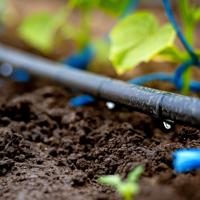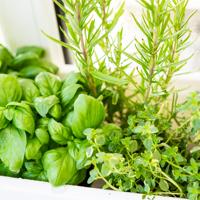Creating a green space indoors can breathe life into your home and offer fresh produce or herbs year-round. Establishing a grow light system enables you to provide plants with the vital light they need to thrive, even when sunlight is in short supply. Here’s a guide to getting started with grow lights, based on current knowledge and practices.
Understanding the Basics of Grow Lights
Before diving into setup, it’s important to grasp the basic concepts of grow lights. Plants primarily need red and blue light spectrums for photosynthesis, but a full-spectrum light is designed to mimic natural sunlight more closely.
There are several types of grow lights available:
- Fluorescent Lights: Often used for seedlings and leafy greens. They have a lower energy consumption and are cooler to the touch.
- LED Grow Lights: This is an energy-efficient option that provides full-spectrum light. Though initially expensive, they have a longer lifespan and can often be adjusted to different light spectrums.
- High-Intensity Discharge (HID) Lights: Usually preferred for larger setups; however, these can consume more power and generate more heat.
Planning Your Grow Light System
Start by evaluating the space you have available. Consider the types of plants you want to grow and their specific lighting needs. Ample ventilation is important to manage any extra heat generated by your grow lights.
Steps to Setting Up
-
Choose the Right Location: Select a spot that can accommodate your plants and grow light fixtures. Ensure the area has access to electricity and enough space for plant growth.
-
Select the Appropriate Grow Light Type: Depending on your plant’s needs, decide between fluorescent, LED, or HID systems. For beginners, LEDs might be a suitable option due to their versatility and efficiency.
-
Measure the Light Distance: Position the lights so they are optimal for your plants. Typically, fluorescent lights can be placed closer (around 6-12 inches away) than LEDs or HIDs, which usually require more distance to avoid overexposure or heat damage.
-
Install the Light Fixtures: Secure the lights using appropriate fixtures. Adjustable fixtures allow you to change the height or angle of the lights as your plants grow.
-
Set Timers: Install timers to replicate a natural cycle of day and night for your plants. Most plants benefit from 12 to 16 hours of light a day, depending on their growth stage.
-
Monitor and Adjust: Regularly check the condition of your plants and the functionality of your lighting. Adjust the light distance or duration if your plants show signs of too much or too little light, such as yellowing leaves or stunted growth.
Care and Maintenance
Keeping your grow light system in good condition is key to plant health. Dust off light bulbs and fixtures to maintain efficiency, and replace bulbs when they start to dim.
Learning from Experience
Setting up a grow light system at home can involve some trial and error. Start small and note how your plants respond to different light intensities and positions. As you gain experience, you’ll become more adept at fine-tuning your setup.
Additional Resources
For more detailed guidance and options, you might explore platforms such as:
- Garden Myths: An interesting site that delves into common misconceptions about gardening practices.
- Royal Horticultural Society (RHS): Offers a wealth of plant-specific advice, including indoor growing tips.
This setup process can be a rewarding journey toward enriching your indoor environment. Enjoy the calming presence of greenery and perhaps even some fresh herbs for your meals.
